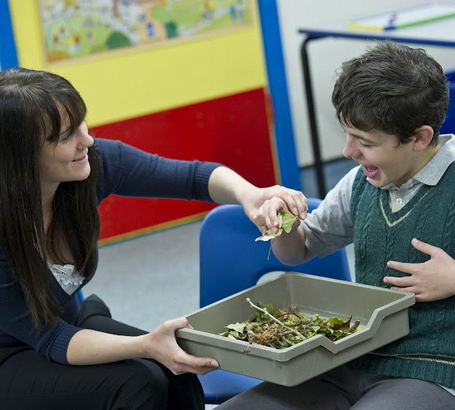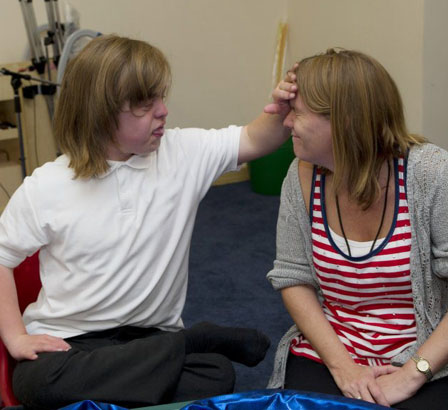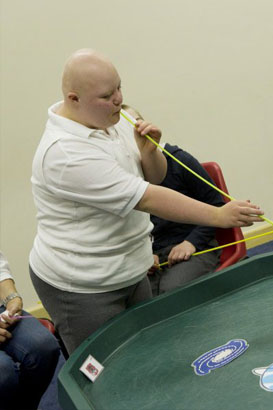
Those who work with children can make a vital contribution to a child's well-being by fostering a healthy environment across the school.
The Healthy Schools programme can help you to have a real impact on the lives and well-being of children at your school.
school? (1)

Schools play a key role in supporting the health and well-being of children.
Recent education and health white papers, published in 2010, recognise how schools can help children to become happier,
healthier and more ready to learn and achieve
their full potential.
The Healthy
Schools programme enables and supports schools to plan and implement health and well-being improvements
for their
children.
A healthy school promotes physical and emotional health by providing relevant and accessible information that equips pupils and staff with the understanding, skills and attitudes to make informed decisions about their health. Pupils flourish in a positive environment and are given a voice to influence whole-school decisions.
A healthy school understands the importance of investing in health because it:
- Helps pupils to do their best;
- Raises levels of achievement;
- Improves standards; and
- Encourages the development of policy and practice that promotes health.

The Healthy Schools programme adopts a whole-school approach, involving the whole-school community, parents/carers, governors, staff and pupils in improving children's health.
The process is needs-led and can support the school development plan in striving for continual improvement.
A Healthy Schools programme toolkit is available. It will support you with simplified planning and review tools. The 'whole school review' is a useful template that enables schools to capture all aspects of their health and well-being activities.
Separate planning tools support a 'plan', 'do' and 'review' approach to achieving changes in health behaviour that are meaningful to individual schools. This approach will ensure schools put in place the most appropriate services and meet the needs of their own children and young people.
The Healthy Schools programme takes an organisational or whole systems approach. It aims to integrate health and wellbeing within the ethos, culture, routine life and core business of the school.
This is called the 'whole-school approach' and involves addressing the needs of pupils, staff and the wider community, not only within the curriculum, but across the whole-school and learning environment.
It encompasses nine overarching areas of school improvement:
- Leadership, management and managing change;
- Policy development;
- Learning and teaching, curriculum planning and resourcing;
It encompasses nine overarching areas of school improvement:
- School culture and environment;
- Giving children and young people a voice;
- Provision of support services for children and young people;
- Staff CPD needs, health and wellbeing;
- Partnerships with parents/carers and local communities; and
- Assessing, recording and reporting the achievement of children and young people.
A visual model of the 'whole-school approach' can be a useful thinking tool, especially when healthy schools teams are mapping out existing provision and identifying gaps.
Each of the nine areas listed on the previous page can be applied to the four following themes. These are the cornerstones of the Healthy Schools programme:
- Personal, Health, Social and Economic education;
- Healthy eating;
- Physical activity; and
- Emotional Health and Wellbeing.

Review your policy on mental health and well-being in light of
this initiative.
How useful and appropriate and fit for purpose is it?
